Eneco Luchterduinen
What do we do?
When conditions in the North Sea are favourable, oysters can thrive in wind farms. The project aims to find out the success factors of nature development.
In the monitoring missions we will check whether the young oysters that were released in 2018 are producing offspring (larvae). New structures or reef-building species may also be introduced.
The location
The first research location prior to The Rich North Sea was at the Eneco Luchterduinen offshore wind farm, 23 kilometres off the coast at Noordwijk aan Zee. The offshore wind farm has been in operation since 2015. The 43 wind turbines generate renewable energy equivalent to the annual consumption of 150,000 households.

Development of oyster beds: initial results promising
The first research results, in July 2019, showed that nature development within wind farms is promising. The oysters had grown and reproduced. It also appeared that the design of the artificial reefs used was not suitable for the seabed conditions in this wind farm. When the oyster cages were retrieved, part of them had sunk into the ground, causing some oysters to be buried under sand. In the cages where this was not the case, the survival rate was over 80 percent. A great result: it shows that when conditions are right, oysters can thrive in an offshore wind farm in the North Sea. Even at depths greater than 20 metres. The underwater pictures taken during the monitoring show plenty of life around the cages. We found species such as crabs, mussels, anemones, starfish, whiting-pout and squid. This indicates that placing the reefs also has the potential to attract other species.
Researching the first oysters
Improving living conditions for tubeworms
In the coming years, the focus will be on improving the settlement conditions for two reef builders: Lanice and Sabellaria (tubeworms). We are investigating whether the presence of natural substrate (gravel and shells) on the bottom affects the reef formation of the tubeworms.
After 2021, we want to place oyster cages with an adapted design with new oysters in the vicinity of tubeworm reefs. Research will then focus on the growth, survival and reproduction of these oysters and whether larvae benefit from the presence of tubeworm reefs when settling.




